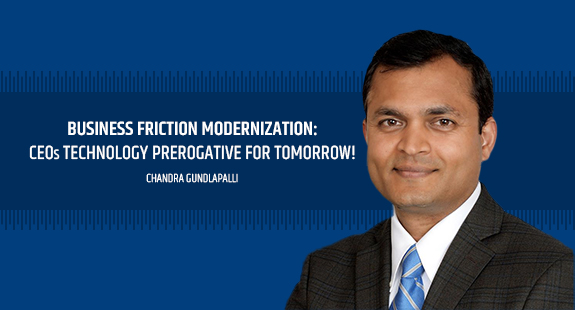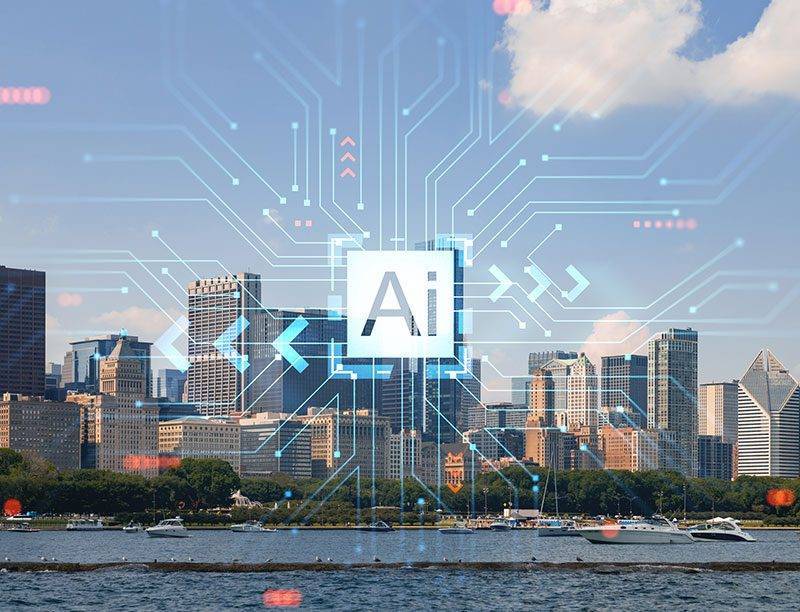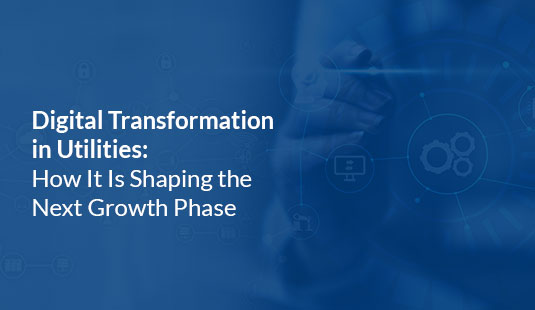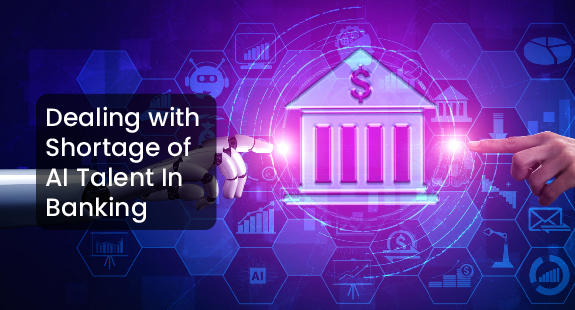The past couple of years has seen the world grappling with the pandemic and doing everything it could to build the next normal. 2022 has come, and we are eager to witness hybrid workplaces, technological breakthroughs, and connected experiences that create history.
During these trying times, most organizations have learned that it’s far easier to benefit from transition than they’d assumed. This is particularly true given the robust technology tools set to drive the most critical digital trends of 2022.
Why do CEOs need to be tough taskmasters?
DX is about comprehensive transformation. It alters everything about how products are developed, sold, and serviced—and it compels CEOs to revisit how organizations execute with new business strategies, management approaches, information systems, and the nature of customer relationships.
Most leaders who get this are all over it. They want to launch multiple transformation initiatives, talk to digital leaders worldwide about where the technology dangers are coming from, and employ the best people to instruct them. Yet many CEOs seem to be asleep at the switch. They don’t see the vast disruption headed their way, and they don’t appear to understand it will happen very fast.
Testing here and there with AI or the cloud is not enough. It’s not about shiny things. Tinkering is inadequate. CEOs should be talking about this and mobilizing the whole company. If your CEO isn’t articulating how to secure the enterprise’s survival amid digital disruption, well, maybe you’ve got the incorrect person in the job.
It’s increasingly evident that we’re approaching a highly disruptive cessation event. Many businesses that fail to change themselves will fade. But as in evolutionary speciation, many unknown enterprises will emerge and thrive, while the existing ones will be altered with new business models.
DX is all about retaining all weapons in your arsenal to put up a good battle with your competitors in the big league. The more you enforce it, the taller your chances of standing out. But it won’t do anything if you don’t know the top trends.
Here are some key trends to look for in 2022

Hybrid workforce
Hybrid work settings will be the most standard DX trend in 2022. They are increasing rapidly, and workplaces are developing. The future of work is set to be connected, and employee anticipations are growing.
Organizations are pushed to acclimate and deliver digitally connected experiences to improve productivity and retain talent. With the shift in workplace models, more and more organizations rely on hybrid connections to their teams. Work-life balance has turned to permit more room to expend time doing things that are not part of the job.

Customer Data Platforms (CDP)
Today, data is being accumulated everywhere. Businesses have access to a lot more customer data than in the past. Whether they are transacting with your business or interacting in various forms, you’re getting all sorts of data from them.
This would not concern smaller firms with a limited marketing stack. However, pulling data from such a vast data pool can be difficult for companies with an expansive range of products and marketing channels. And that’s where the CDP comes to the fore.
CDP is a single basis of customer data that you can use to build personalized marketing campaigns for your customers. The finance and IT units can also make fast decisions about products, services, and other business investments.

Hyperautomation
Since automation is an objective that’s increasingly critical for businesses looking to either find efficiencies in their operations or to distinguish their services, the fanfare around automation is real enough. When you integrate AI, ML, RPA, and IoT, you get hyperautomation.
RPA takes the grinding work away while AI/ML and IoT silken the trail to automating tasks end-to-end. Ultimately, it’s even feasible to automate the evolution of new products or services.
However, if RPA is not executed with uniform protocols across the business, there will be substantial issues at which different bots need to connect.

Composable applications
The future of today’s business applications is composable, i.e., applications made from modular elements. An immediate reason is the evolving demands of the business and its capability to deliver innovations at a rapid pace. Consumers and employees increasingly desire personalized application experiences.
Businesses must consider shifting composable to adjust applications dynamically and react to the accelerating speed of business transformation. It can be described as decoupling the elements of an application to finely tune them and produce a completely new application that is functionally more useful than the aggregate of its parts. They can reuse code with composable applications, revving the time to market and unleashing enterprise value.

Optimized Customer Experience Services
Successful organizations are pushing aggressively to digitize their business operations to change their customers rapidly. They begin with concentrating on where their consumers are moving, what they enjoy, and how they like it. They start their digital transformation endeavors with customer experience at the forefront. They use their data to inform decisions and commit to a design thinking strategy to build unique experiences on flexible, current platforms. They use evidence-based business circumstances to justify the investment. And they test new concepts through fast iteration to make modifications and validate premises.
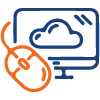
Cloud-native Platforms (CNP)
Cloud-native has gained genuine traction among businesses looking to repurpose their current application portfolios or create renewed ones. These venues enhance the standard lift and shifts approach to help organizations take advantage of the benefits of the cloud and add intricacy to maintenance.
It utilizes the core abilities of cloud computing to create application architecture that is resilient, flexible, and agile. These architectures deliver highly automated cloud services to enable organizations to deliver digital abilities irrespective of the background. According to Gartner, cloud-native platforms will act as the basis for over 95% of new digital initiatives by 2025.

Stats that matter!
Despite value creation sourced from digital transformation, some businesses still regarded it as optional — until confronted with the truth of Covid-19. Digitize to prevail has become the rule, making digital technology the lifeblood needed to keep a company operational. Following are the stats that have made this transformation inevitable:
- Cloud to grow from $230B (’19) to $500B (’23) CAGR
- 22% Microservices Market to reach $33B (’23) from $1.2B
- 75% of businesses will run Apps in containers in ’22 vs. 30% today CAGR 40%
- Machine Learning market to grow to $96B by ’25 at 44% CAGR from ’19
- RPA $12B Virtual Assistants $12B DevSecOps $5.9B (’23) CAGR 26.3%
- Low code market to grow $52B (’24) from $5.6B (‘18) CAGR 45.2%
